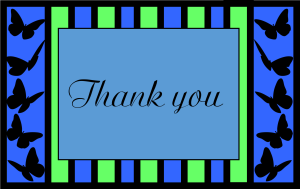On the last Friday of each month We Are the World Blogfest invites bloggers to join together in promoting positive news. If you would like to join in, please check out the rules and links below.
“There are many an oasis of love and light out there, stories that show compassion and the resilience of the human spirit. Sharing these stories increases our awareness of hope in our increasingly dark world.”
It seems the world is finally taking note of the damage we are doing to our environment with plastic pollution. Governments, communities and individuals all over the world are taking steps to reduce and clean up the waste that is already causing havoc to our Earth and its inhabitants.
This month with World Turtle Day just gone, and World Environment Day coming up on 5 June, there is no shortage of stories to share. I settled on this one about fishermen in Kerala (situated along India’s southern coast) who, for the past ten months, have been Fishing for plastic from the sea.
So far 25 tonnes of plastic rubbish have been removed from the sea. Most of the plastic is recycled into making roads. I think that’s a mighty fine effort in helping to make our environment clean by beating plastic waste.
Click to read the whole article: Fishing for plastic from the sea.
Here are the guidelines for #WATWB:
1. Keep your post to Below 500 words, as much as possible.
2. Link to a human news story on your blog, one that shows love, humanity, and brotherhood. Paste in an excerpt and tell us why it touched you. The Link is important, because it actually makes us look through news to find the positive ones to post.
3. No story is too big or small, as long as it Goes Beyond religion and politics, into the core of humanity.
4. Place the WE ARE THE WORLD badge or banner on your Post and your Sidebar. Some of you have already done so, this is just a gentle reminder for the others.
- Help us spread the word on social media. Feel free to tweet, share using the #WATWB hashtag to help us trend!
Tweets, Facebook shares, Pins, Instagram, G+ shares using the #WATWB hashtag through the month most welcome. We’ll try and follow and share all those who post on the #WATWB hashtag, and we encourage you to do the same.
The co-hosts for this month are: : Shilpa Garg, Inderpreet Kaur Uppal, Peter Nena, Andrea Michaels, Damyanti Biswas.
Please pop over to their blogs to read their stories, comment and share.
Click here to join in and enter the link to your post. The bigger the #WATWB group each month, the greater the joy!

Thank you for reading. I appreciate your comments. Please share your thoughts.

















